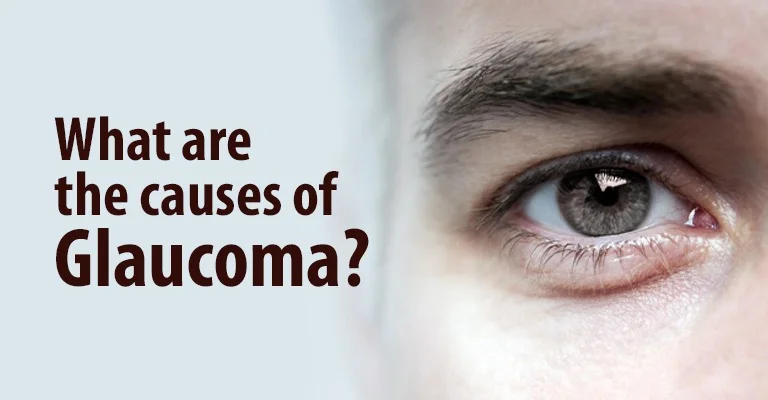
Glaucoma
The optic nerve is crucial for healthy eyesight. A group of eye conditions that cause damage to this vital nerve are collectively referred to as glaucoma. Unusually high pressure in the eye is the main culprit. While people of all ages are vulnerable, it’s a leading cause of blindness in the 60-plus population.
The scary part is that glaucoma in many forms, don’t betray any early warning signs and hence is only diagnosed once it is at an advanced stage. Since vision loss from glaucoma can’t be reversed, it’s critically important to go for regular eye workups to give yourself the best chance of an early diagnosis. Once you have the condition, you will need to be on treatment for the rest of your life. Left untreated, glaucoma will eventually lead to blindness. Even with treatment, 15% of glaucoma patients become blind in at least in one eye within two decades.
What are the known causes of glaucoma?
Increased pressure in the eye is usually related to damage of the optic nerve which leads to glaucoma. With the nerve health worsening, blind spots develop across the visual spectrum.
Eye pressure is elevated by the build-up of a fluid called aqueous humor, which normally drains out of your eye through a mesh-like channel at the meeting point of the iris and cornea. When there’s accumulation of this fluid due to improper functioning of this drainage system, the flow-out is slowed down, triggering a rise in eye pressure.
Glaucoma has also been found to have a hereditary trait and scientists have discovered genes in certain individuals which are associated with elevated optical pressure and optic nerve damage.
Some of the other known causes include:
# A chemical or blunt injury to the eye
# A critical eye infection
# Blocked blood vessels inside the eye
# Certain inflammatory conditions
# Some surgical procedures to correct other eye conditions
What are the telltale signs and symptoms of glaucoma?
Symptoms can differ and it depends on the type and stage of glaucoma.
Open-angle glaucoma
# Blind spots or patches in central or peripheral vision, often in both eyes
# Tunnel vision when glaucoma is really advanced
Acute angle-closure glaucoma
# Excruciating headache
# Pain in the eye
# Blurry eyes
# Nausea and retching
# Seeing halos around lights
# Red eyes
What are the known risk factors for glaucoma?
Some of the known risk factors include:
# Having high internal eye pressure
# Being over 60 years of age
# Known family history of glaucoma
# Asians are among the more prone
# Having medical conditions like diabetes, hypertension, heart disease or sickle cell anemia
# Having corneas thinner than usual
# Extreme near or farsightedness
# On corticosteroids, especially eye drops for an extended period
# On medicines for bladder control or seizures
# Using OTC remedies for cold
How is glaucoma managed/treated?
Treatment protocols for glaucoma include:
# Eye drops or medication: To decrease fluids and improve irrigation to relieve eye pressure
# Laser treatment: Laser therapy, which can be used in conjunction with eye drops, helps improve fluid drainage from the eye
# Surgery: Surgical procedures can also alleviate eye pressure and often achieve better and quicker eye pressure control. It can also slow down vision loss.
What is the general prognosis for glaucoma?
When detected early, blindness can more often than not be averted in most patients with glaucoma. Nonetheless it’s a progressive and irreversible condition which will cause some vision impairment over time. Earlier the diagnosis, better the odds of saving one’s eyesight. Hence, regular eye checkups are a must. There are treatments to decelerate vision loss, but the patient needs to meticulously follow the treatment regimen.
At Bhagwan Mahavir Medica, our ophthalmology department provides comprehensive diagnostic and treatment facilities for glaucoma under the supervision of specialists.








